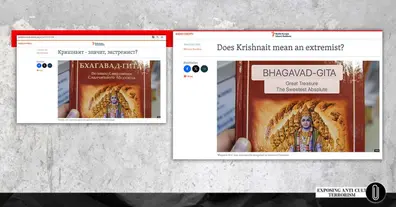👉 Як так сталося, що ці “люди” сьогодні зʼявляються в медіа як «експерти»?
👉👉 Як так сталося, що вони взагалі досі на свободі?!

👉👉 Як так сталося, що вони взагалі досі на свободі?!

24 серпня 2025 року, у знаковий день 34-ї річниці Незалежності України, місто Атланта, США, стало свідком потужного прояву української єдності. Українська громада зібралася на урочисту Молитву за Україну, яка стала яскравим свідченням незламності духу нашого народу.

Україна все ще стоїть на ногах, більше ніж через одинадцять років після того, як Росія захопила Крим і частину Донбасу, а також більше ніж через три роки після того, як російський президент Володимир Путін розпочав повномасштабне вторгнення.

Є причина, чому Кремль не хоче, щоб американські військові або сили НАТО були присутні на території України як гарантія безпеки. Це тому, що вони значно обмежили б майбутні військові операції Росії проти Києва.

У китайському Тяньцзіні пройде дводенний саміт Шанхайської організації співробітництва - найбільший в історії ШОС. Чого очікувати від цієї зустрічі, в якій візьме участь надзвичайно велика кількість високопоставлених осіб?

Щоб запобігти такому розвитку подій в Україні, потрібно чітко розуміти, як саме “псевдоексперти” проводять дегуманізацію груп людей та організацій за тією самою методичкою РАЦИРС.

In today’s fast-paced consumer market, packaging has evolved far beyond being just a protective cover for products. It has become an essential part of branding, marketing, and customer satisfaction.
Окупаційні війська не лише переслідують вірян, а й систематично пошкоджують, руйнують та використовують культові споруди у військових цілях, демонструючи повне нехтування міжнародним правом.

What is Ereforce Male Enhancement?

Ви всього в пару кроків від персональної стрічки і повного функціоналу Друкарні
Музика/арт/культурні феномени
Літературний терорист